-
Posts
1,565 -
Joined
-
Last visited
Content Type
Profiles
Blogs
Forums
American Weather
Media Demo
Store
Gallery
Posts posted by blizzardof96
-
-
-
-
-
I’m a bit skeptical that given this upper level configuration:
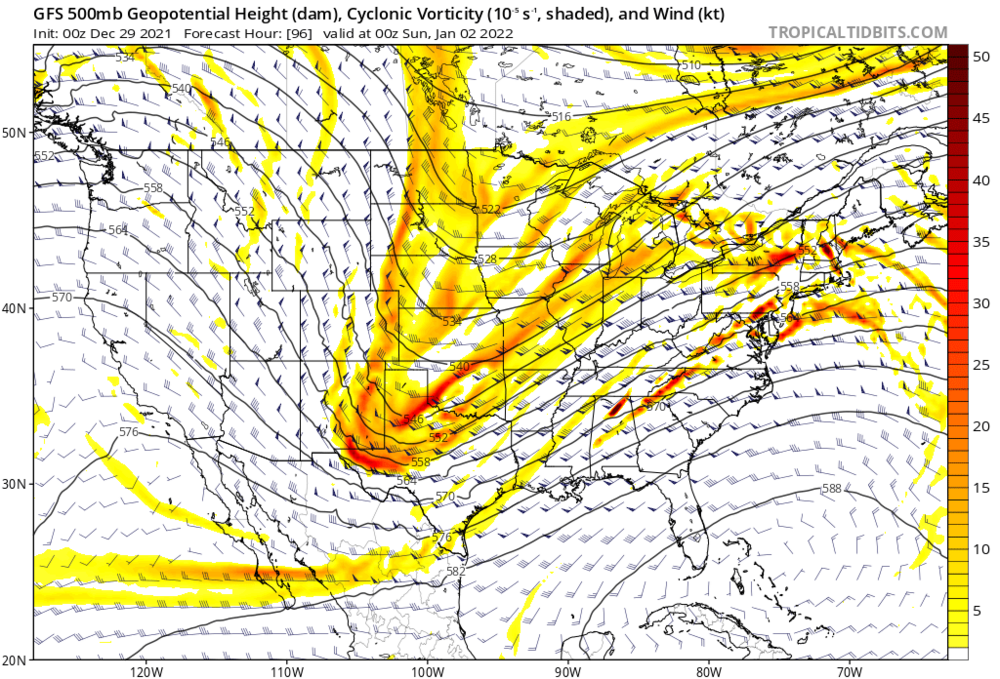
We end up with a surface low this far north and well developed:
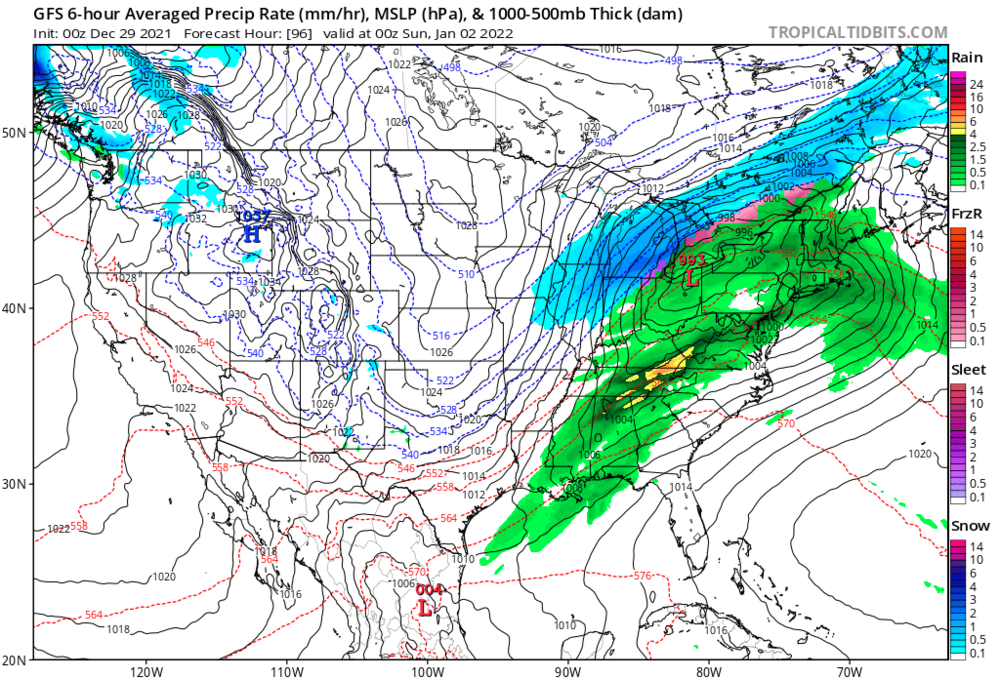
To me, a sfc low track further south would fit the UL pattern better. Whether the UL setup on the 0z GFS is correct is another question entirely. Lots of moving parts for the models to put together — will probably take some time to iron out.-
 1
1
-
-
-
3 minutes ago, donsutherland1 said:
Early storm reports coming in from Missouri show amounts of 2"-4" just north of Kansas City, including a high figure of 4.5". Late-season storms can sometimes overperform where the heavy banding takes place.
What are your thoughts on GTA?
-
-
A key piece looks to be the leading Quebec vortex which really helps determine where the thermal boundary sets up behind. If the vortex digs further south, the confluence zone also ends up further south and you get more of a GFS like track. If the opposite occurs, there's more room for the great lakes energy to amplify further NW.
-
 2
2
-
-
-
-
-
-
-
-
Just now, snowstormcanuck said:
Was hoping this would be a northern redux of what happened to Burlington last week but instability was more marginal this time (delta-Ts 12-14?) and the transitory nature of the band didn't help either.
Oh well, as you say at least it's a nice wintry feel. Sunday night we add a few more inches for peak winter and then we begin the slow ascent into spring!
Good points. Delta-Ts and lake convergence were stronger with that event...leading to higher totals. The stationary nature of that band also helped.
I find that NE flow tends to lock in more often while E flow tends to be more of a windshield wiper.
-
5 minutes ago, snowstormcanuck said:
lol, thanks. Per Twitter, 3-4" seems to rule the realm. Haven't seen anything higher than that so far.
Nice wintry feel. I'm glad the forecast worked out well.
-
-
2 hours ago, snowstormcanuck said:
Picked up under 1.5" as the lake band lifted north. Got into OB's backyard after all
 . Too transient to produce any heavy damage but HRRR/RUC indicate it may reorganize this evening.
. Too transient to produce any heavy damage but HRRR/RUC indicate it may reorganize this evening.
Measured 2" here in North Toronto at 6PM.
-
 1
1
-
-
0z RGEM remains adamant on a big hit for city of Toronto
-
 1
1
-
-
36 minutes ago, 500 mbvort said:
IIRC that event had lots of dry air to contend with?
44 minutes ago, snowstormcanuck said:Thinking back to that "event" in mid-December when all the models were gung-ho on a major east wind LES event and nothing materialized. If you do this for a living, I don't envy you.

At least this is more of a seeder-feeder/LEnhS event so I think it's more a question of where and not if.
Some of the issues with that mid-December event:
1) Dry profiles
2) Lower delta-Ts (850s were closer to -8C) and shallower arctic air
3) Significant veering between sfc-850mb
4) Weaker model support in terms of intensity/duration
I think we have a more favourable setup this time, but we'll see what happens tomorrow. RADAR won't be too helpful given the shallow nature of the banding. With lower beam heights, KBUF will likely pick up on it better than WKR.
-
4 minutes ago, snowstormcanuck said:
Agreed wholeheartedly.
That looks similar to what the 12z Euro was showing and is a plausible scenario. Climo argues for the band hugging the lakeshore a bit more but it'll likely come down to nowcasting as the models simply aren't good enough to resolve this event with perfect accuracy.
-
2 hours ago, 500 mbvort said:
Wonder if this ends up producing more than the Tuesday storm? Do soundings support lake effect?
Here's an RGEM sounding valid 6z Friday. It's using the 850mb flow as the steering flow... note the easterly wind at that level. Surface flow northeasterly.
The banding is shallow... below ~850mb, which is typical of these easterly flow events. 850s are about -10C which gives about ~16C deltaT with the Lake temp. This is supportive of something popping up.
-
2 hours ago, mississaugasnow said:
whats your thoughts for the rest of the GTHA?
This is a tough forecast due to the localized nature of the LE banding.
I think many communities within the GTHA (besides northern areas near the 407) will see 5-10cm. The >10cm amounts will directly align with the narrow streamer expected to come in off Lake Ontario. Location of this band varies depending on which model you trust. NAM/3kNAM have the bullseye near Oakville/Burlington while RGEM/HRDPS have a downtown TO -- Mississauga bullseye. The GFS & ECMWF look similar in positioning to the RGEM suite...so something to keep in mind. I definitely think Downtown TO -- Southern Mississauga -- Oakville have the potential to exceed 10cm but small differences in wind direction will make all the difference. Hardest hit areas (localized) will probably approach 20cm.
-
30 minutes ago, snowstormcanuck said:
Interesting to see the trend of having the band impact the City. Sfc low well to the south so normally this would back the winds enough to keep everywhere east of Oakville out of the game. This band might be rooted further up in the atmosphere were winds are more ELY?
Exactly. The band steering flow is likely coming from the ~925-850mb layer where winds are stronger and have an ESE component to them.


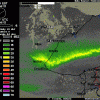
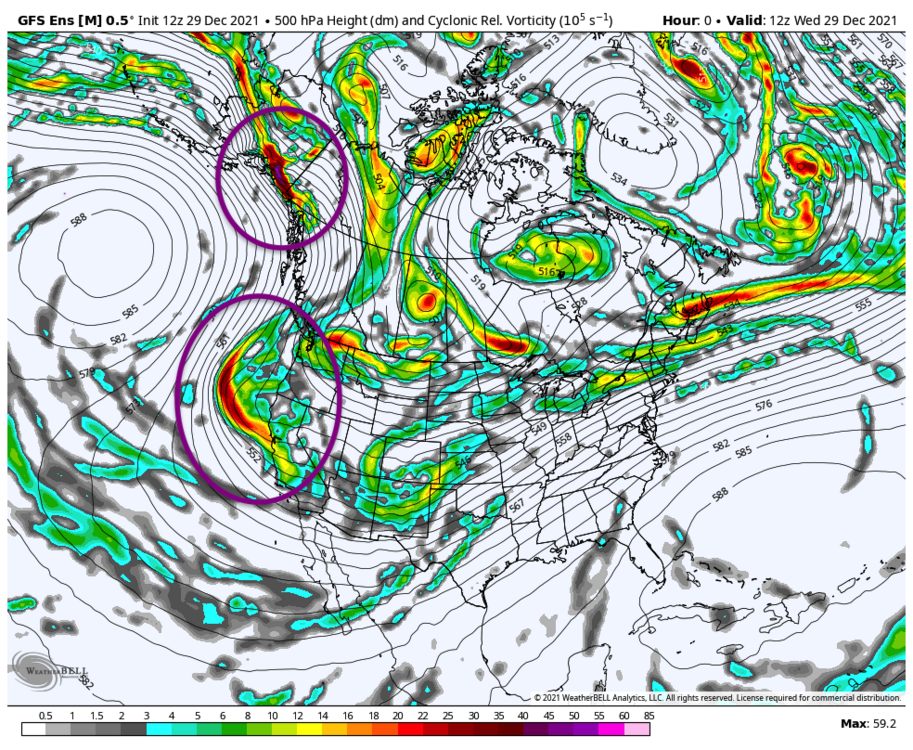
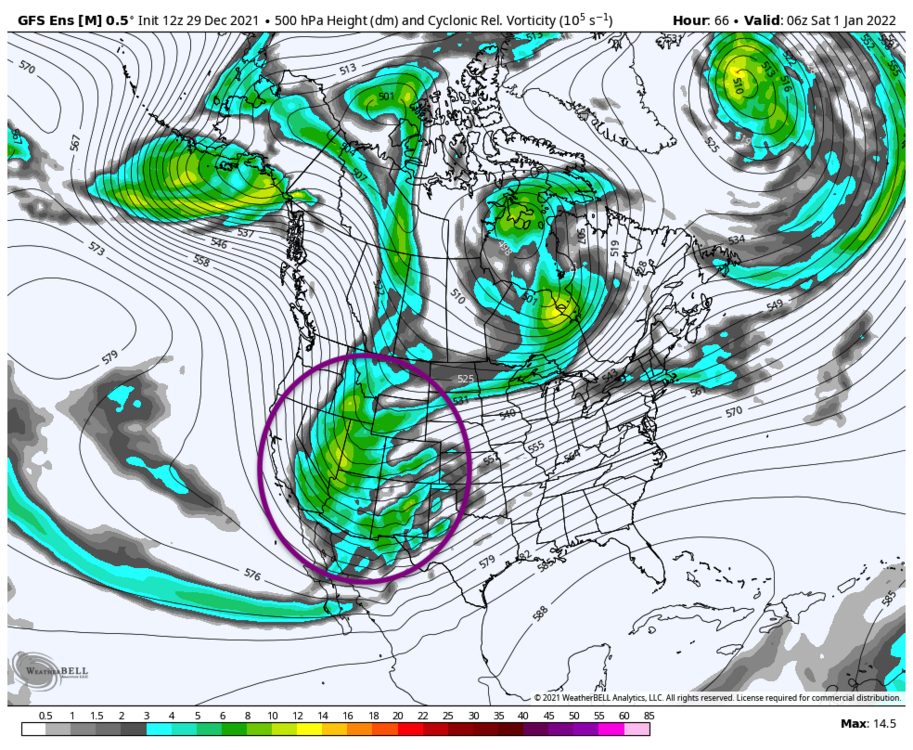

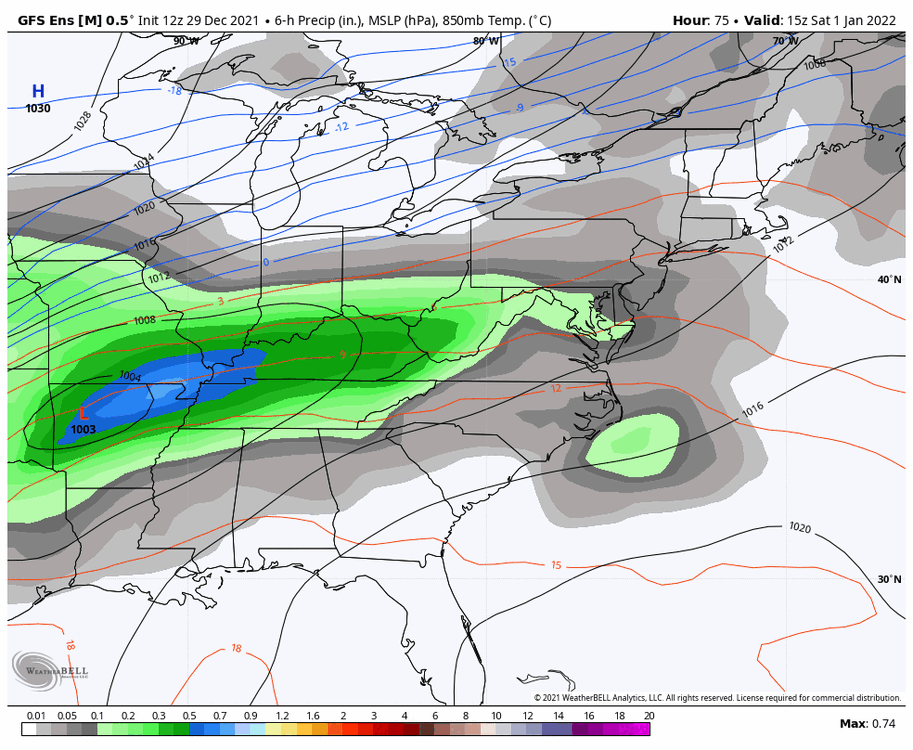
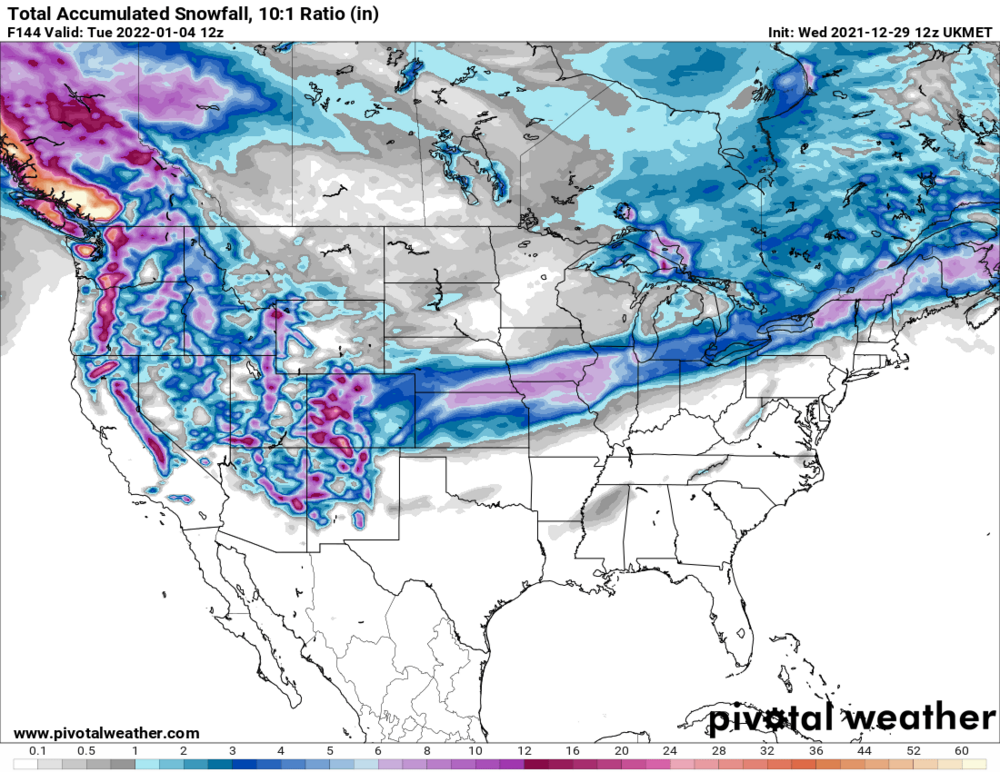

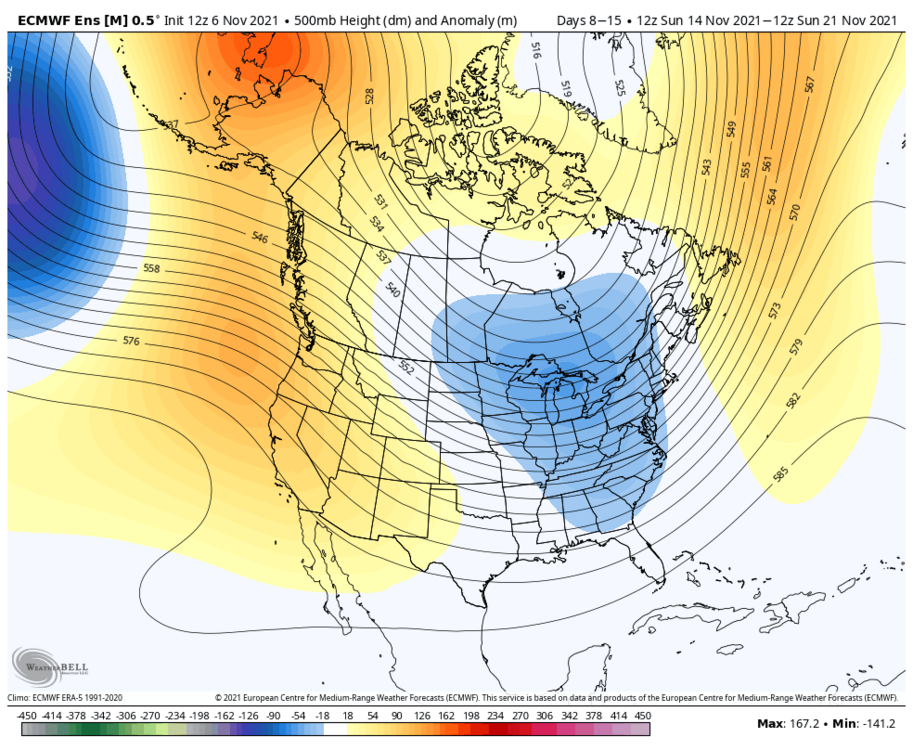
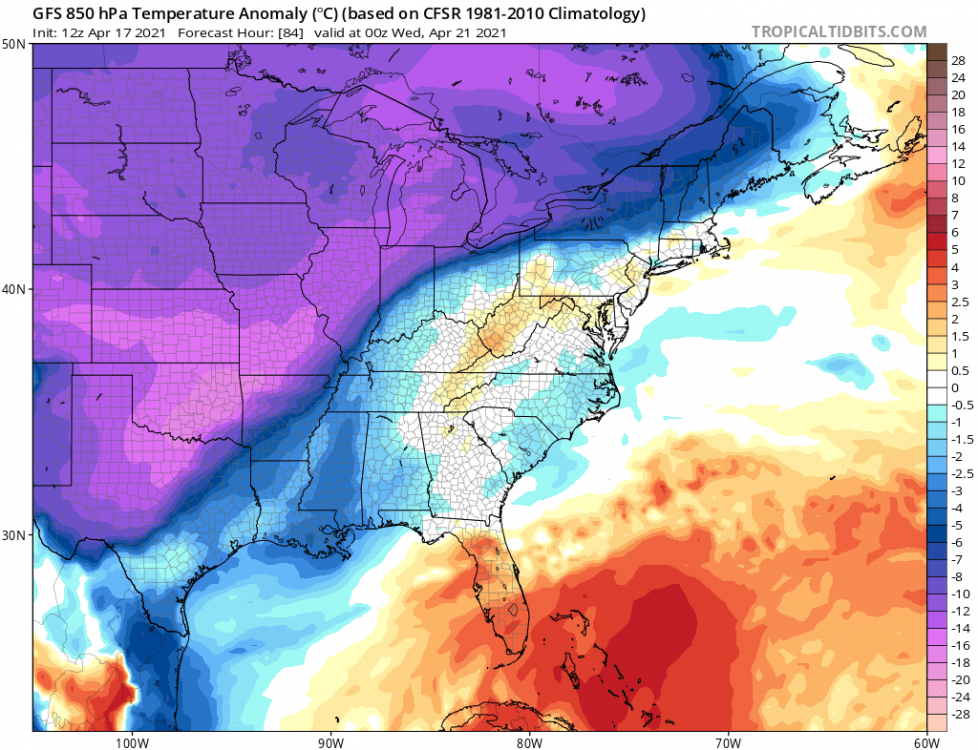
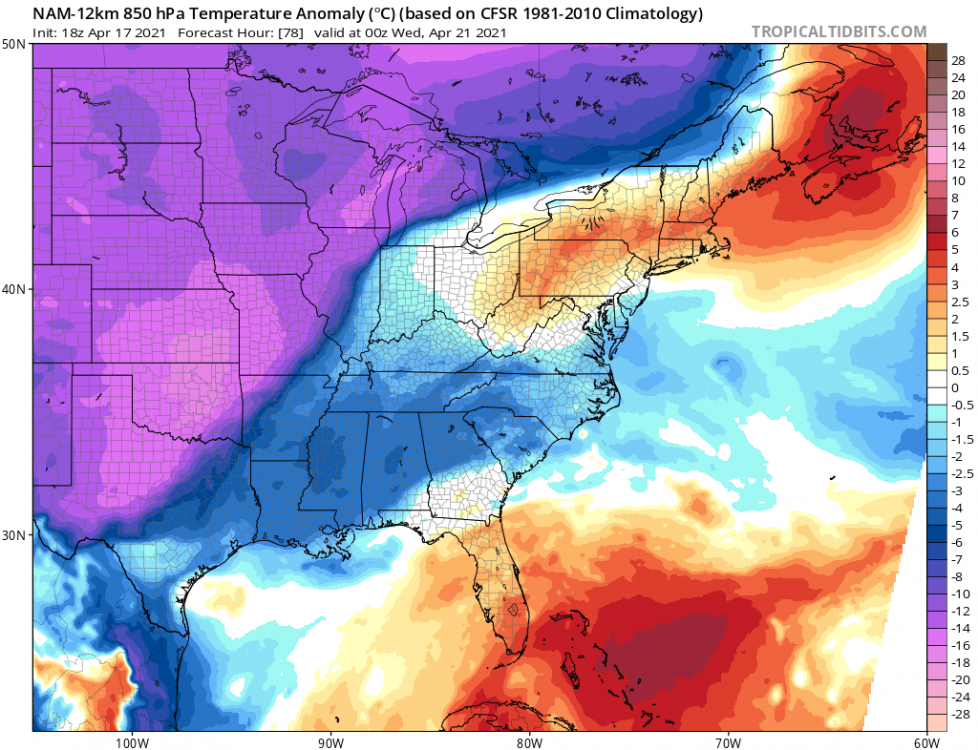
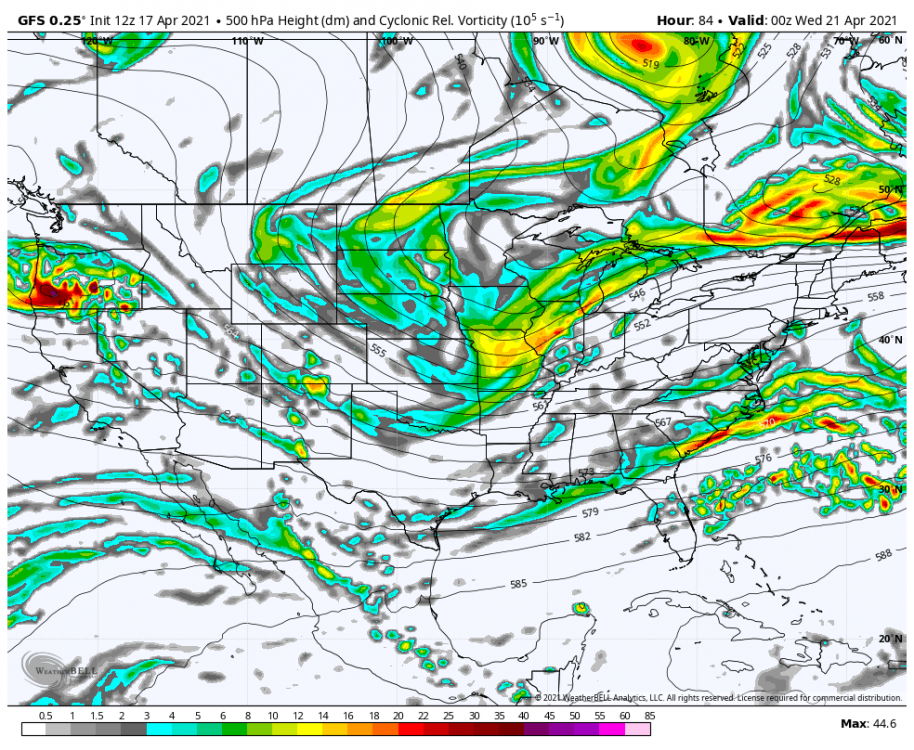
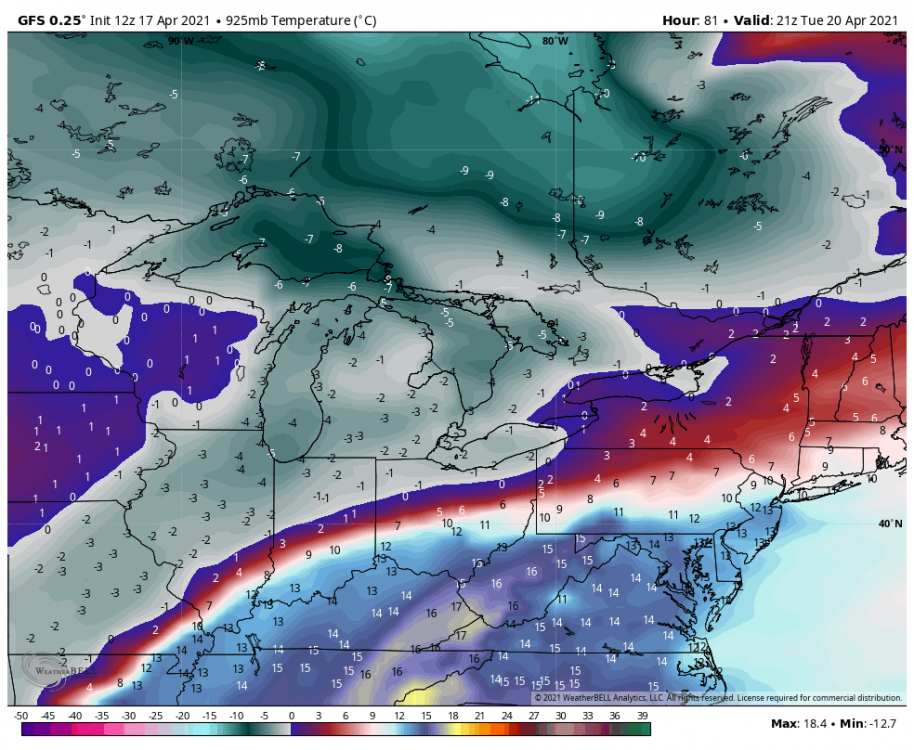
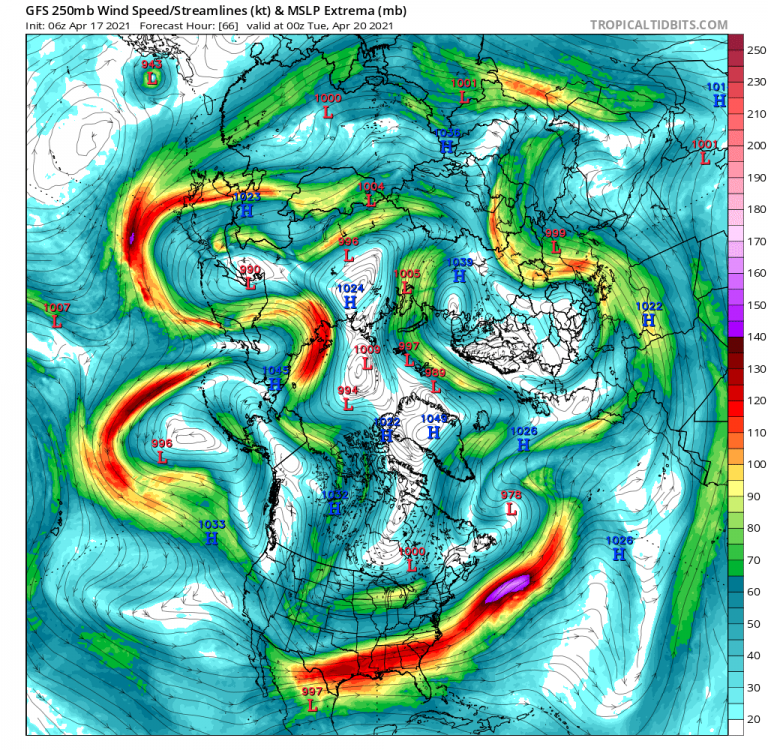
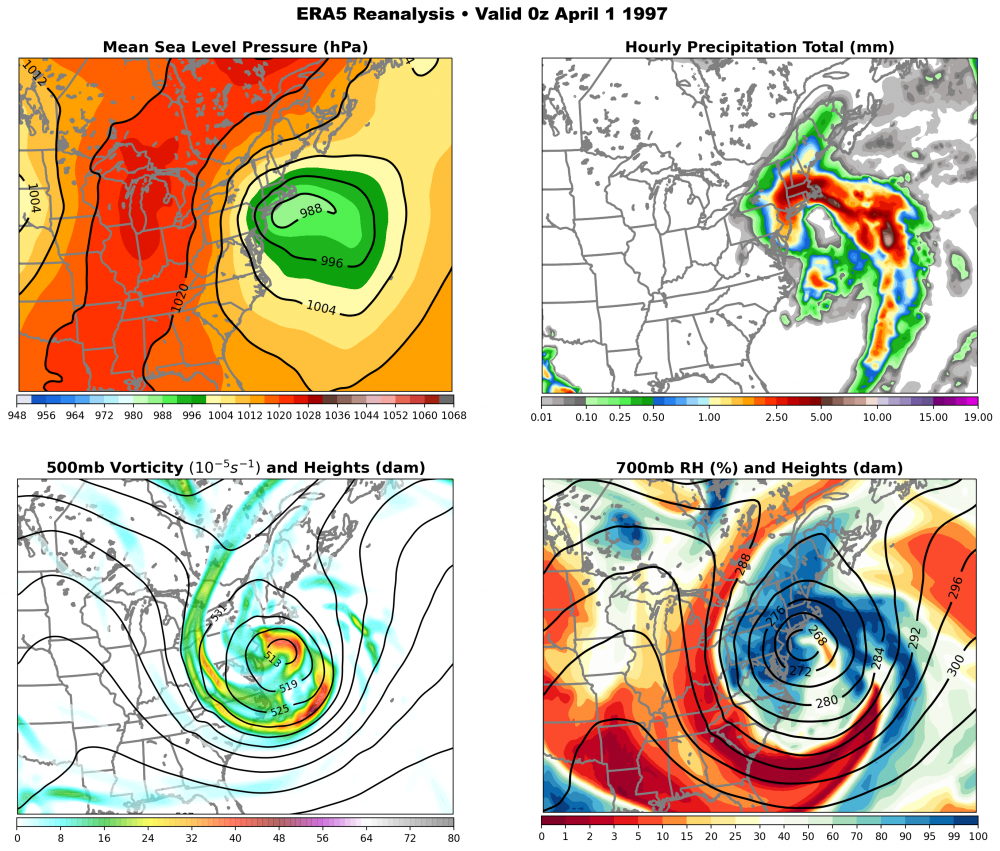
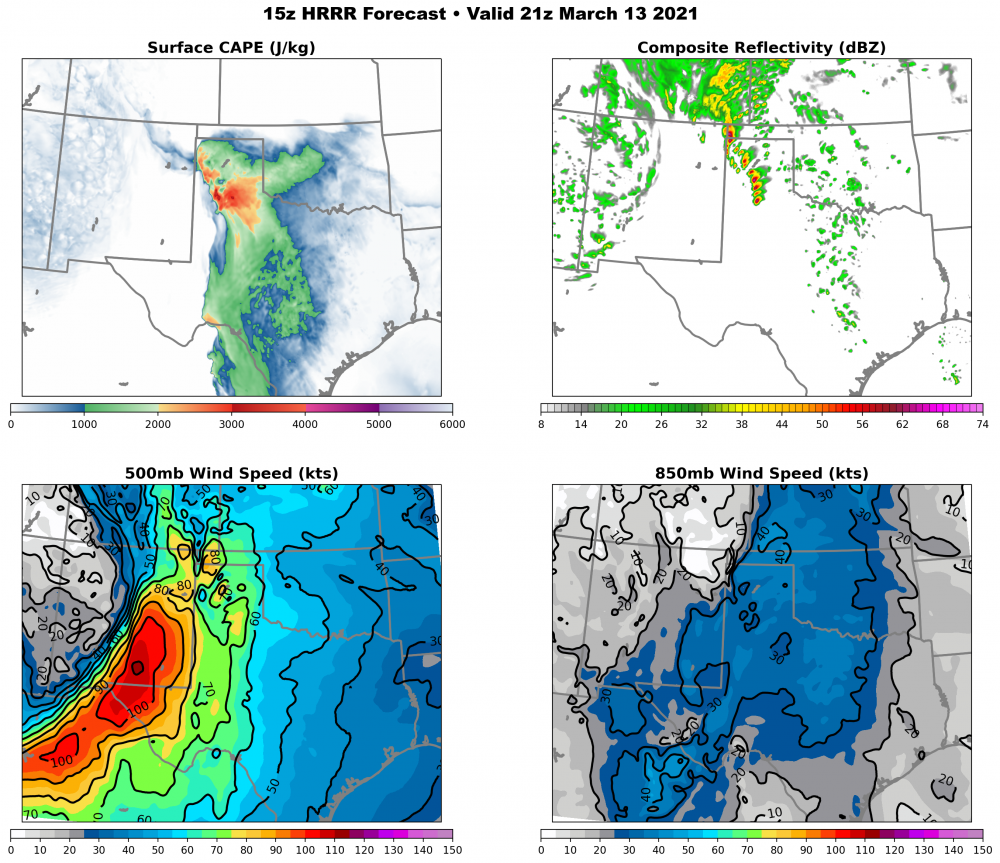
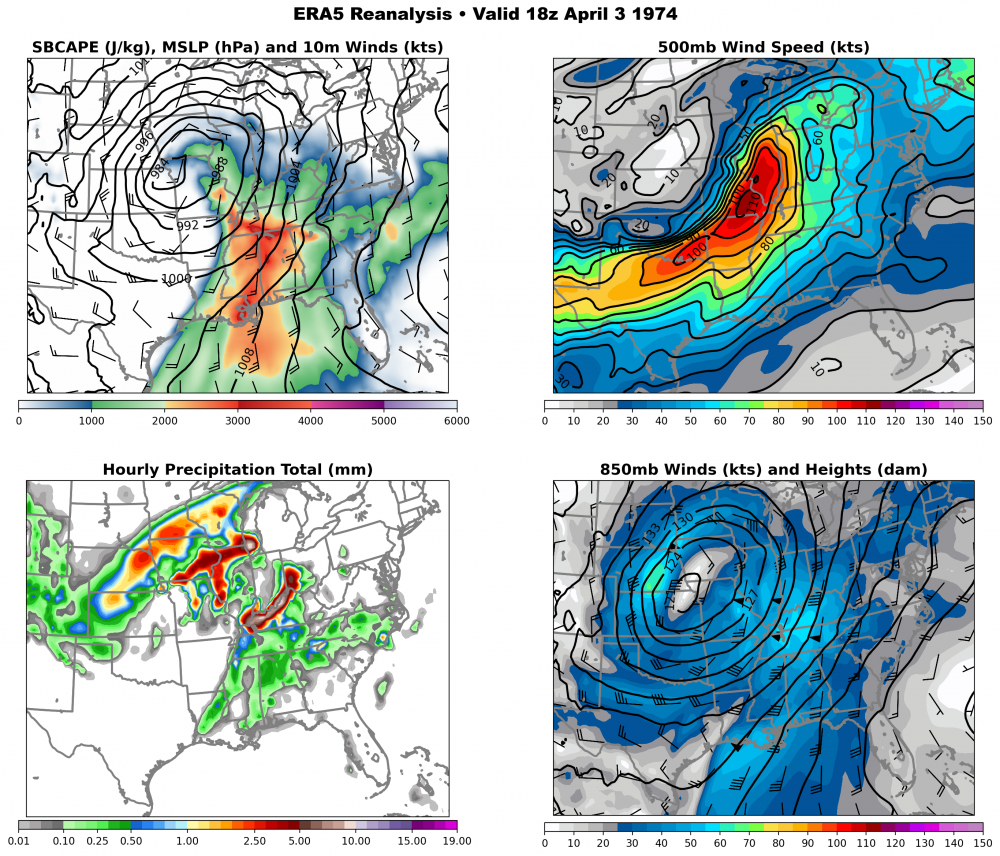
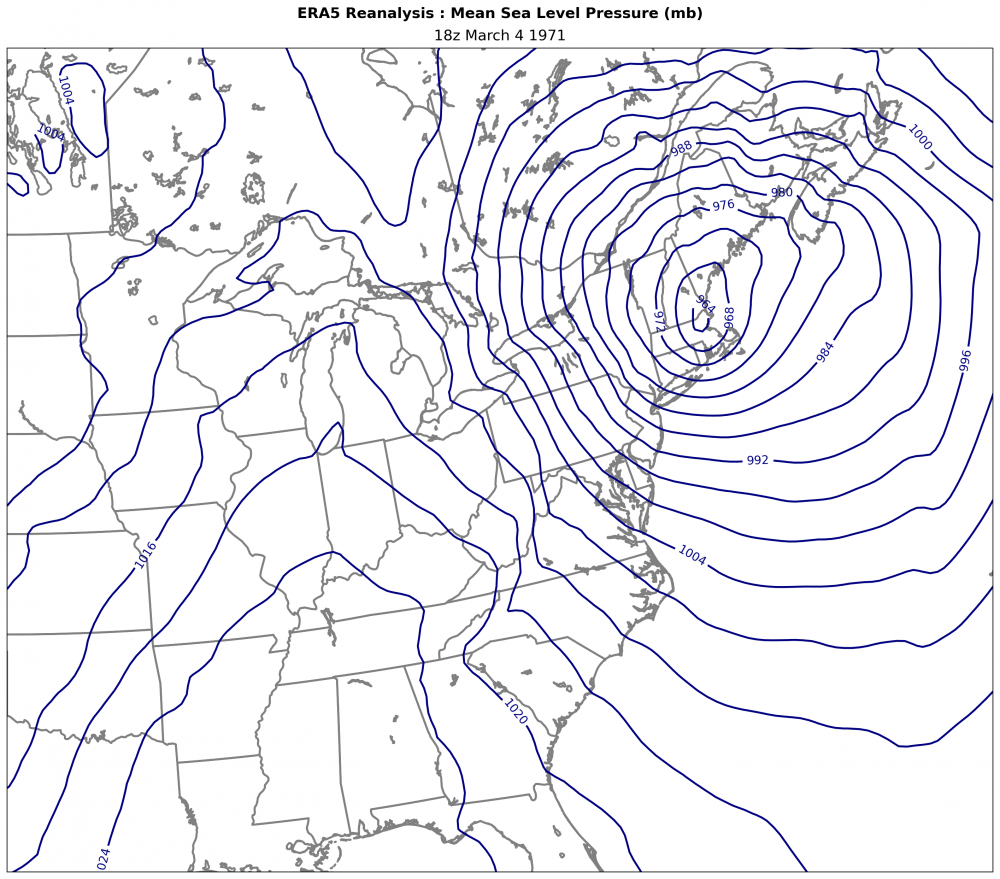
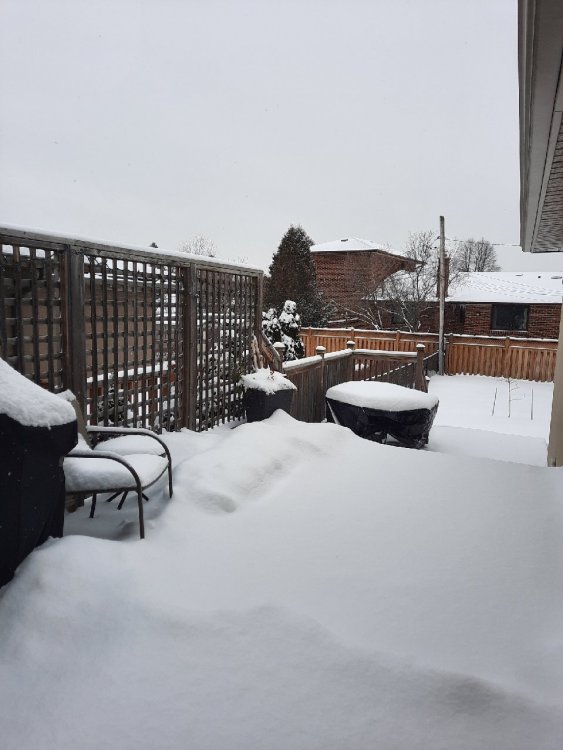

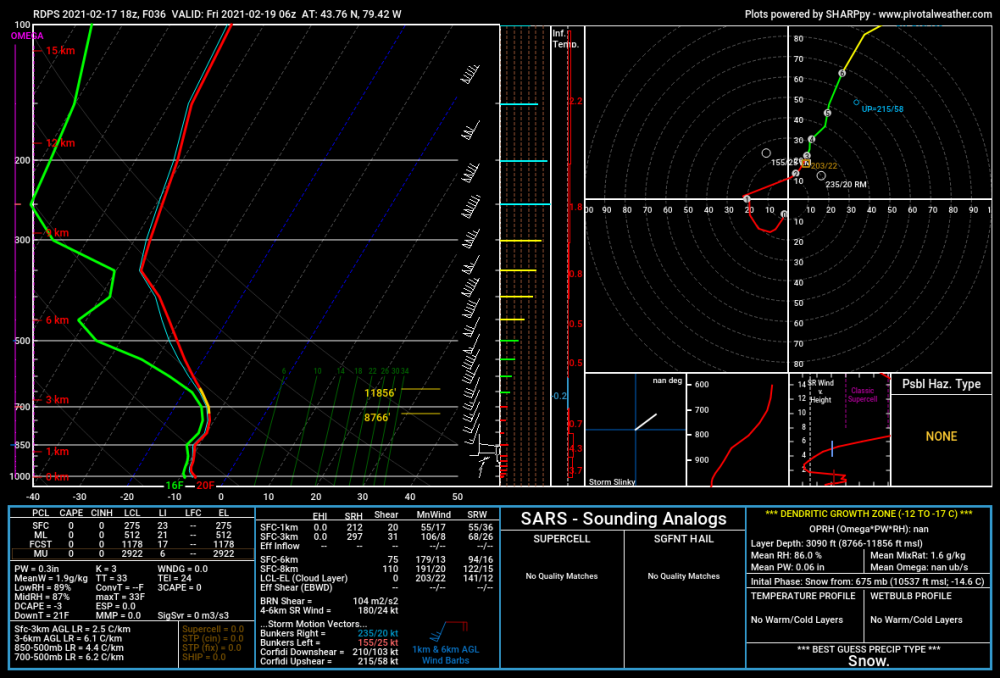
New Years Winter Storm
in Lakes/Ohio Valley
Posted
Can really see the differences in phasing between the GEFS and GEPS as soon as hour 54-60. The GEFS has the northern wave digging further south which allows for more interaction with the southern energy. The GEPS has less digging and more separation between the two pieces of energy.